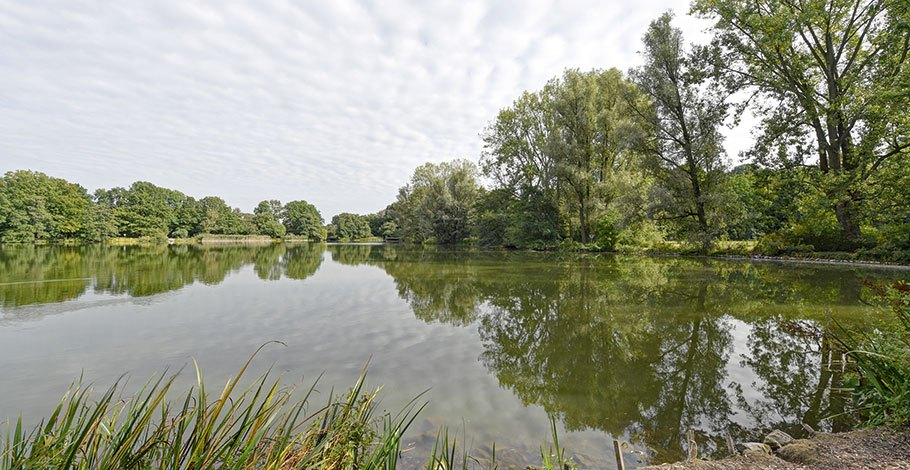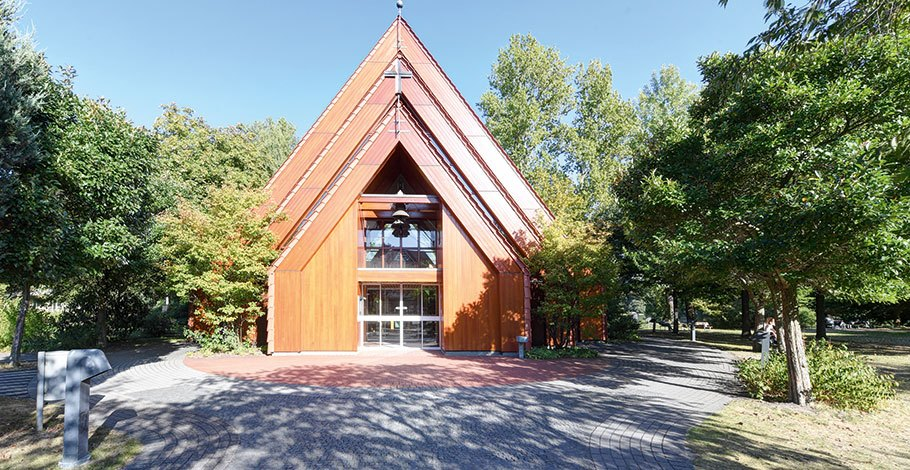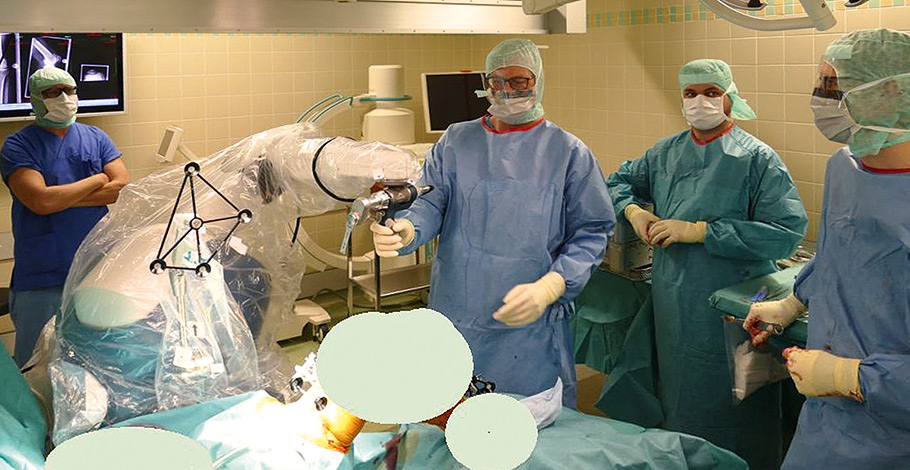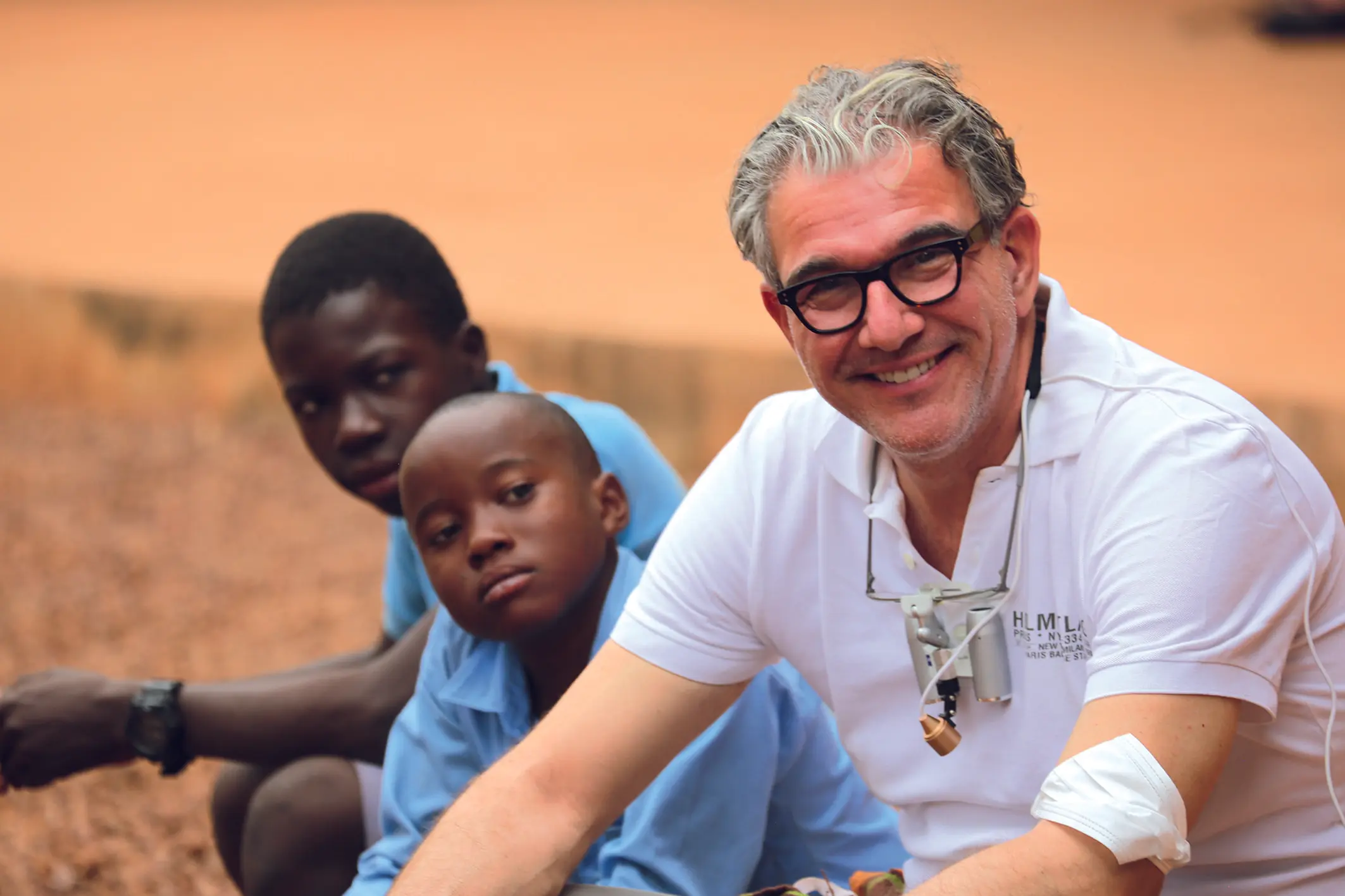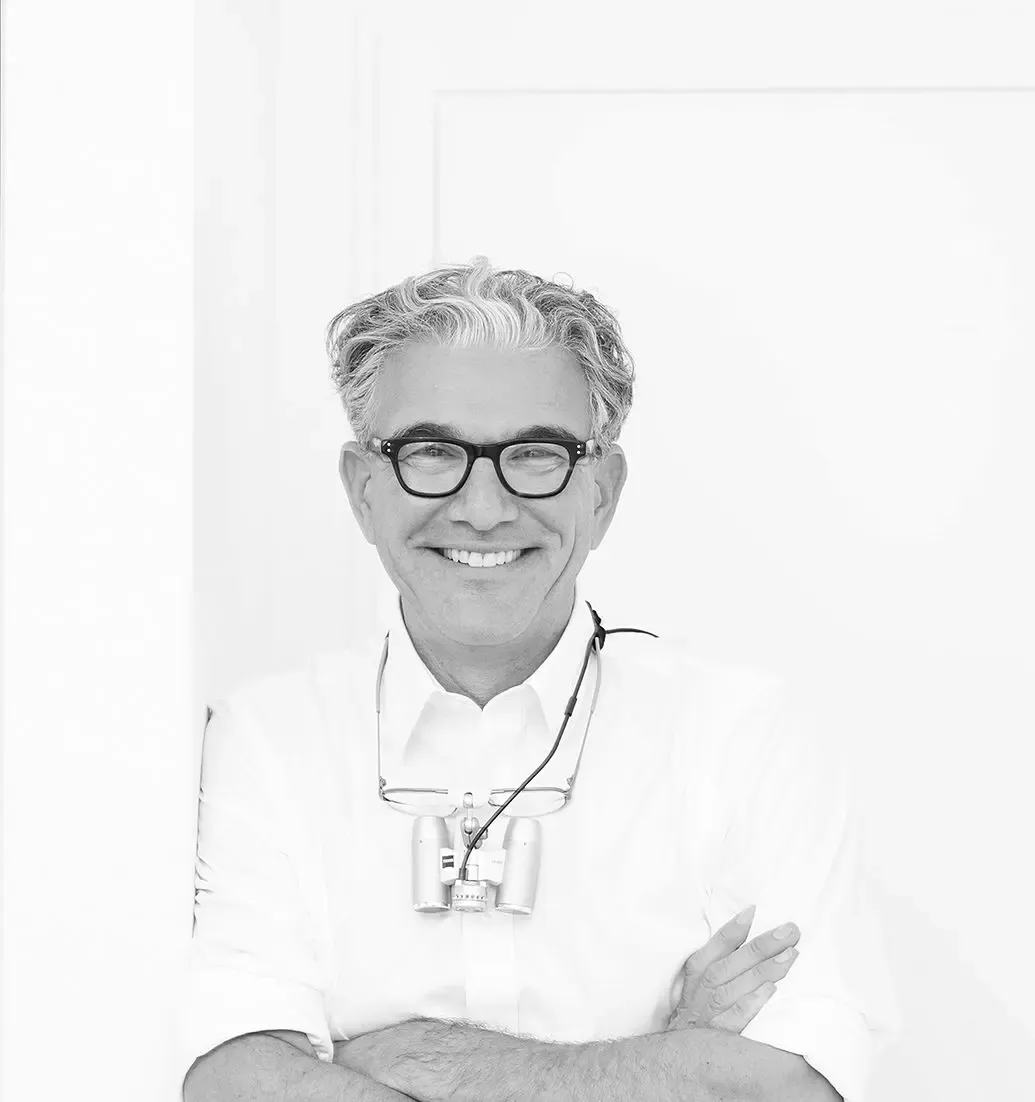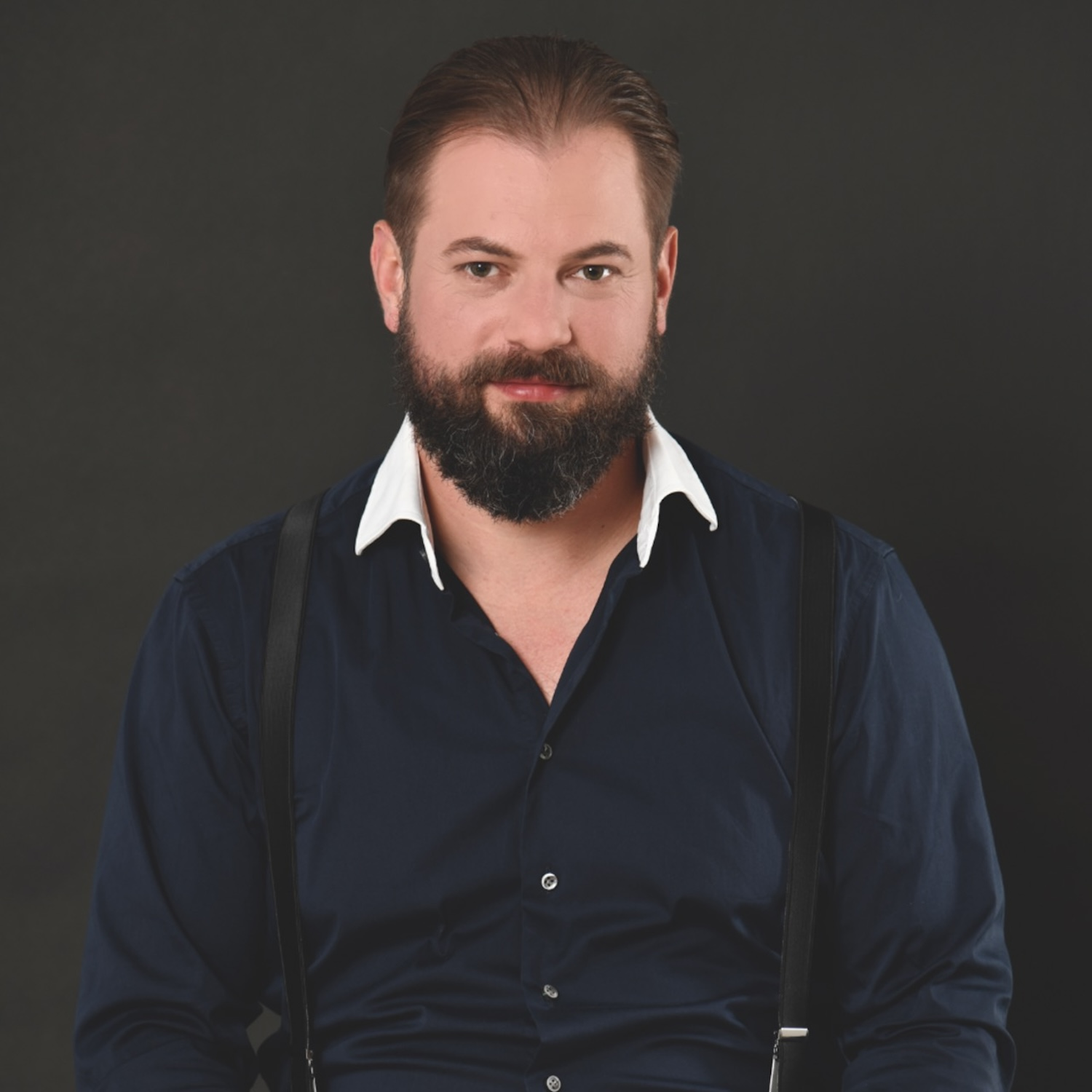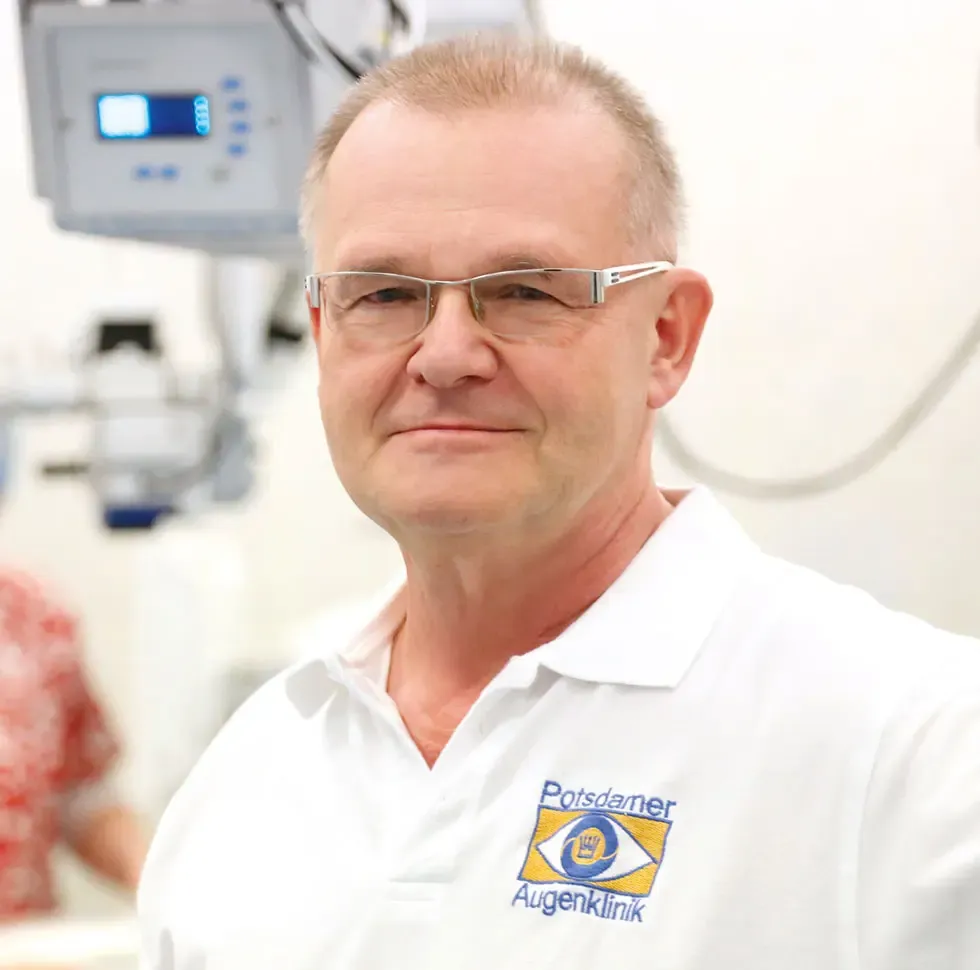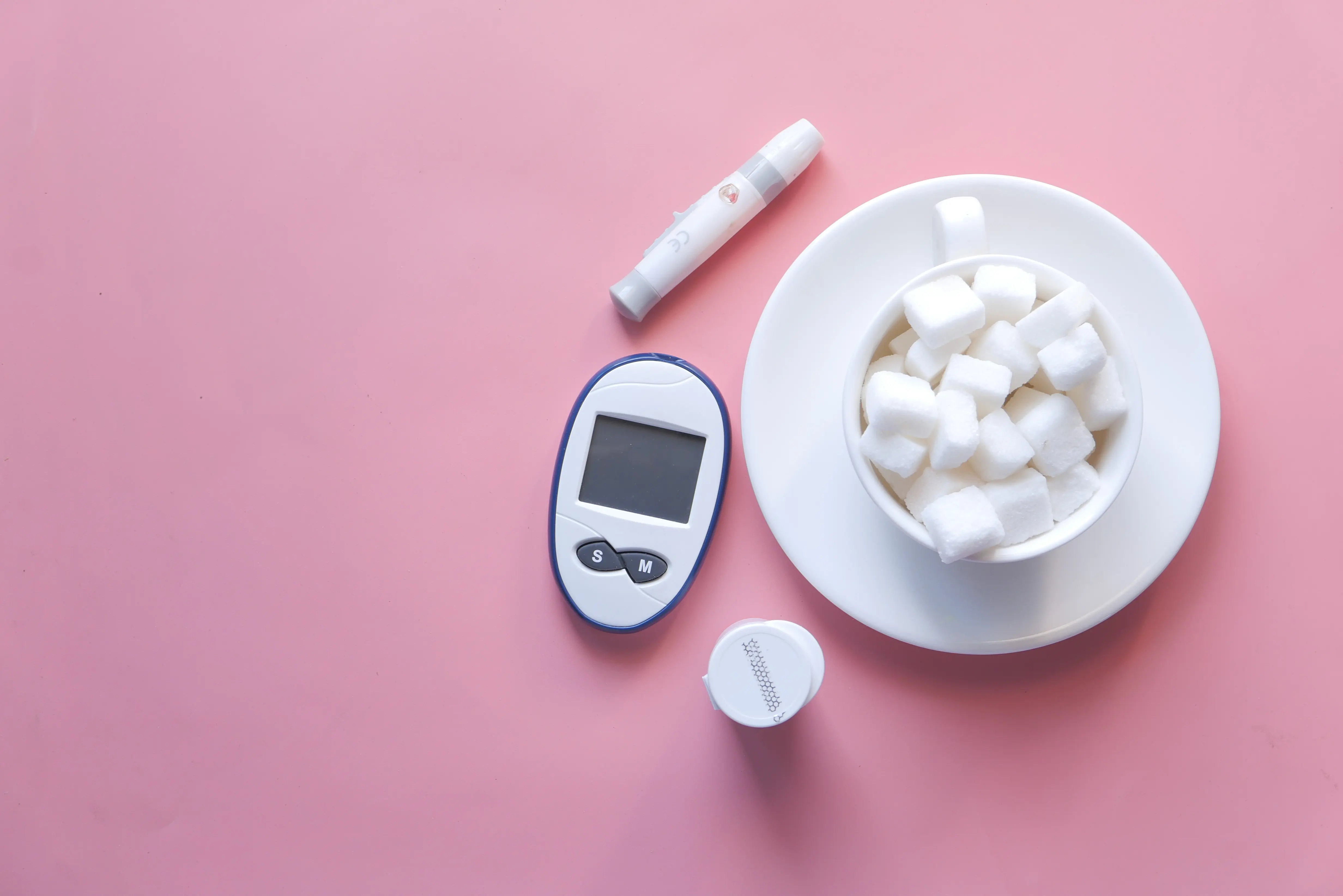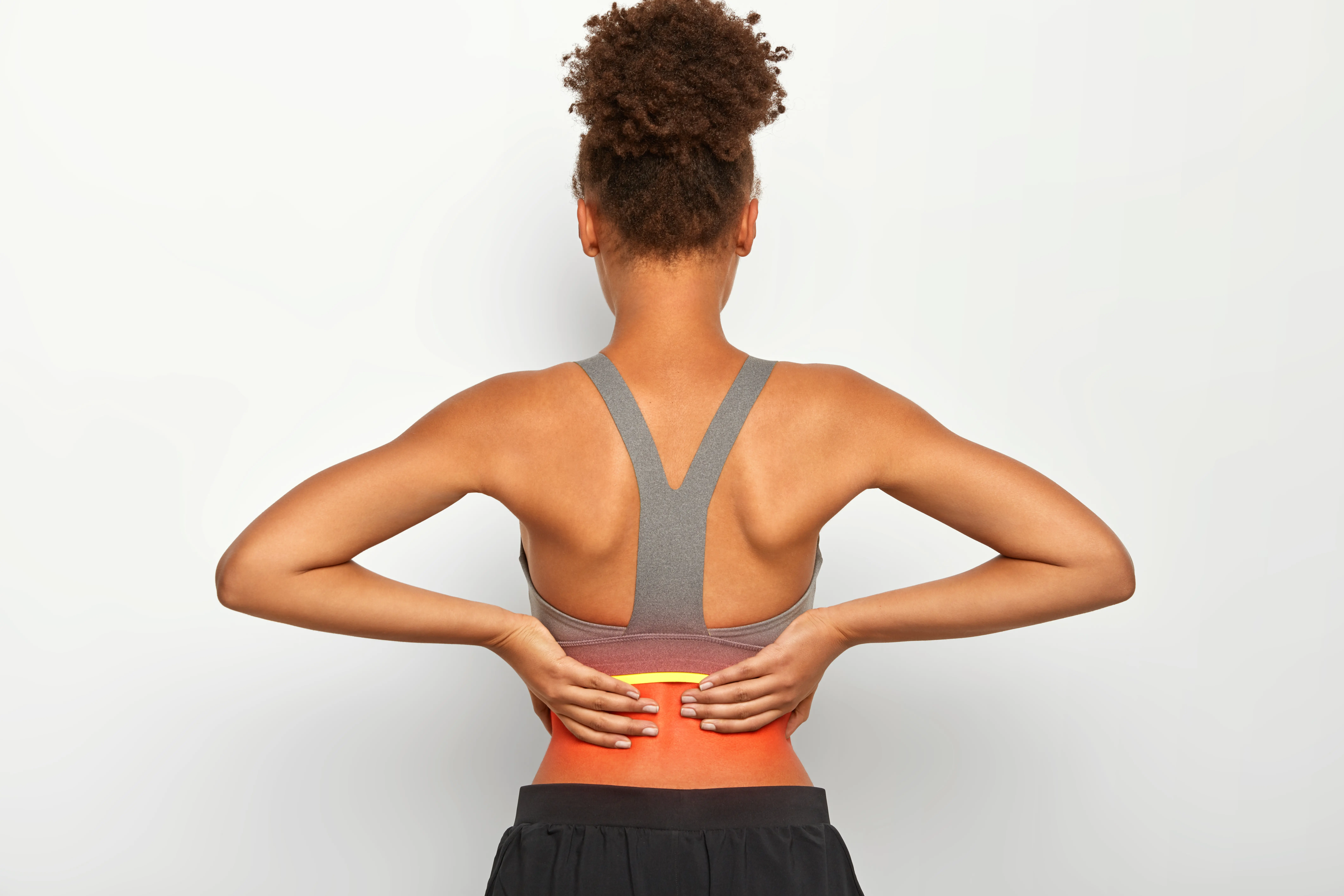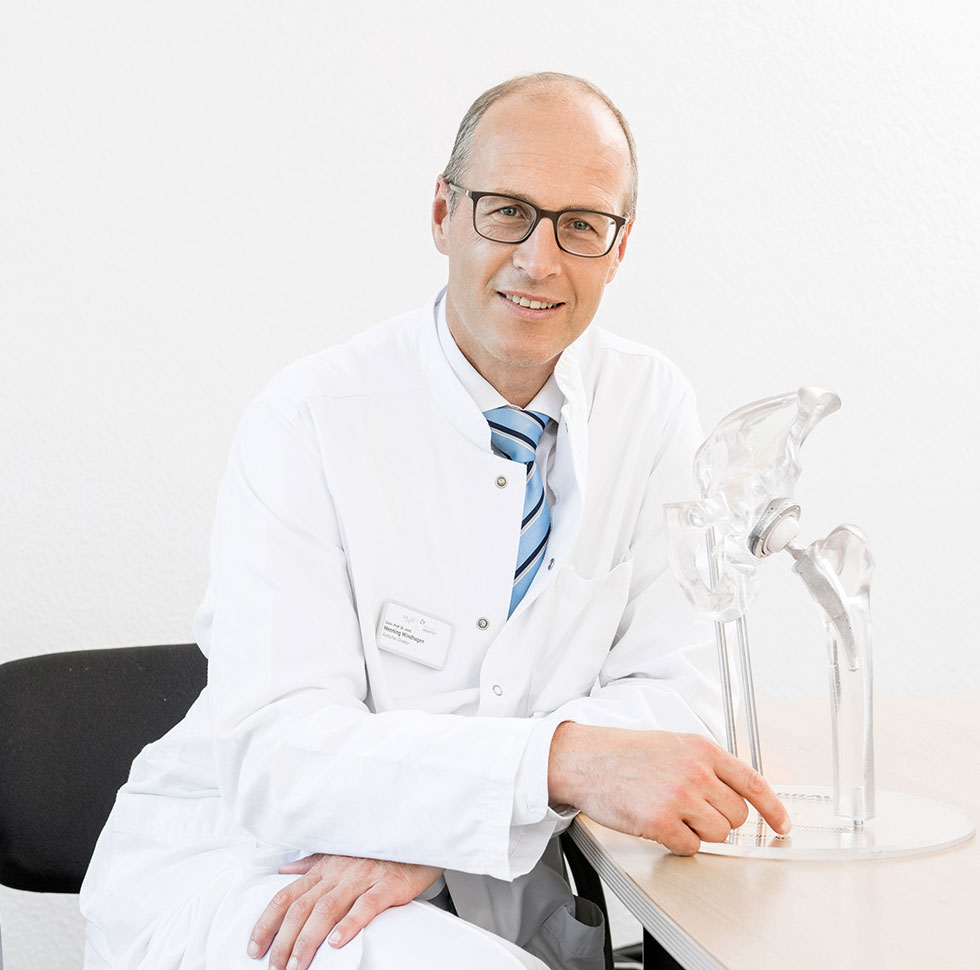
- Hannover
- Innovative Orthopedics & Sports Orthopedics
Prof. Dr. med. Henning Windhagen
DIAKOVERE Annastift
Services
One of the largest university endoprosthetics centers in Germany is operated at the Orthopedic Clinic of Hannover Medical School (MHH) in the DIAKOVERE Annastift. With completely redesigned wards in 2019 and a new operating area with six high-tech theaters, the clinic is also one of the most modern. Everything here works hand in hand along a structured treatment plan, where everyone from the surgeon to the physiotherapist knows their place.
This team play is seen by Prof. Henning Windhagen, Medical Director of the Clinic and Endoprosthetics Center, as the guarantee for the medical quality of his institution. Windhagen, a sailor in his free time, sees many parallels between his favorite sport and clinic work: “As a helmsman and as a doctor, you must think strategically and be extremely focused.” Just like sailing, nothing in the operating room or on the ward works without a crew you trust, the right technology, and reliable materials.
Windhagen and his team of ten main operators implant 1,000 new hips and 800 artificial knees each year. In every sixth operation, they partially or completely replace an already existing artificial joint. “We are a highly specialized institution for patients with deformities and complications,” Windhagen emphasizes the clinic's expertise. Doctors from all over Northern Germany refer their patients here for prosthesis replacement.
Personalization requires precision surgery.
The combination of Diakonie hospital with its traditional strength in patient care and Medical School with modern high-tech expertise proves ideal for elective surgeries. In addition to the excellent infection statistics - for several years, the MRSA infection rate has been the lowest regionally - the Annastift also has an excellent quality statistic in terms of hygiene and overall safety.
Internationally, the clinic is known for advances in personalized medicine. Today's endoprosthetics are highly individualized for each patient and must consider differences in prosthesis position and lever arms. Personalization requires precision surgery. The Annastift is a leader in digitization in surgery and uses high-tech technologies such as navigation and robotics in every second endoprosthesis patient.
While the semi-automatic, robot-assisted surgery provides an additional safety system - "the robot stops me" - the assistance system tells the surgeon in which steps the procedure will lead to the best possible result. "We use semi-automatic precision robotics mainly for surface or partial knee prostheses," explains Windhagen. Another area of application is special implants that are used for patients with particularly deformed joints.
"The atmosphere here at the Annastift is more homely and not as busy as in an acute care hospital."
PROF. DR. HENNING WINDHAGEN
Windhagen and his team offer the only German robotics clinic currently certified as a training center for robotic surgeons by the European Orthopaedic Society EFORT. As in any university clinic, research has a permanent place with the endoprosthetists in Hannover-Kleefeld: In the kinematic research laboratory, scientists filter out prosthetics that guarantee particularly smooth and physiological movement sequences using 3D cameras and gait analysis.
In the Laboratory for Biomechanics and Biomaterials (LBB), implants and the materials used are tested for wear and material properties in lifelike test series. "We know some implants better than the manufacturers," Windhagen smiles. At the Lower Saxony Center for Implant Research, NIFE for short, they are interested in the interactions between tissue and implant. Patients are sometimes a bit unsure in dealing with observational studies, but then understand how only the individual observation of their own person can offer top safety in orthopedics.
"Osteoarthritis is a real disease."
PROF. DR. HENNING WINDHAGEN
At least as important as the right prosthesis or the perfect assistance system is an individual follow-up treatment for the endoprosthetist. Everyone reacts differently to the intervention, says the 51-year-old. "I don't believe in shooing all patients down the hall the day after surgery." Some could leave the clinic after four days, while others still find it difficult to bend their knees sufficiently even after two weeks. Windhagen's concept of pre- and post-treatment is called the PRENDO program:
It helps to document the healing process - and actively involves the patient in his treatment from the onset of illness to rehab. There is plenty of room for the first steps at the Annastift: The park-like grounds are more reminiscent of a rehab clinic than a university operation. The two private wards also offer pleasant comfort. Comfortable furnishings, friendly service, and a high level of care contribute to rapid recovery. According to Windhagen's conviction, this depends decisively on the psychological condition of the patients.
There is special care for them at the Annastift: Compassion and neighborly love, along with excellent endoprosthetics, are what make the clinic stand out, emphasizes the clinic director. Diaconia and pastors are always available for crisis talks. "When everything fits together, we achieve the state of the 'forgotten' joint in 90 percent of patients with an artificial hip and two-thirds of patients with an artificial knee, meaning patients no longer think about their implant in everyday life." This also allows almost every complex sport to be practiced again, whether dancing, sailing, or skiing.

